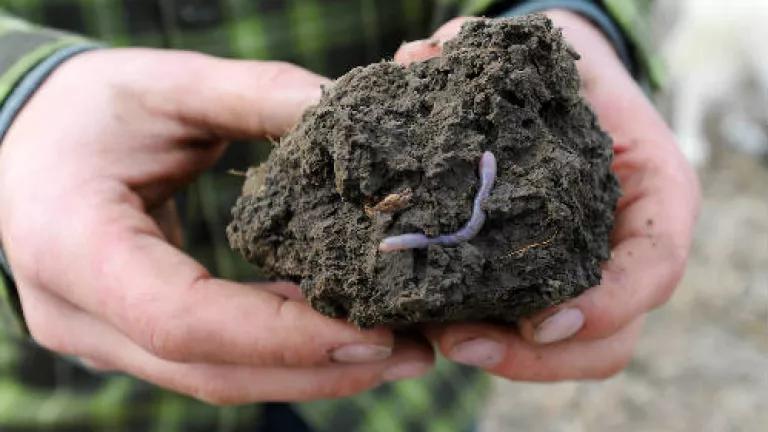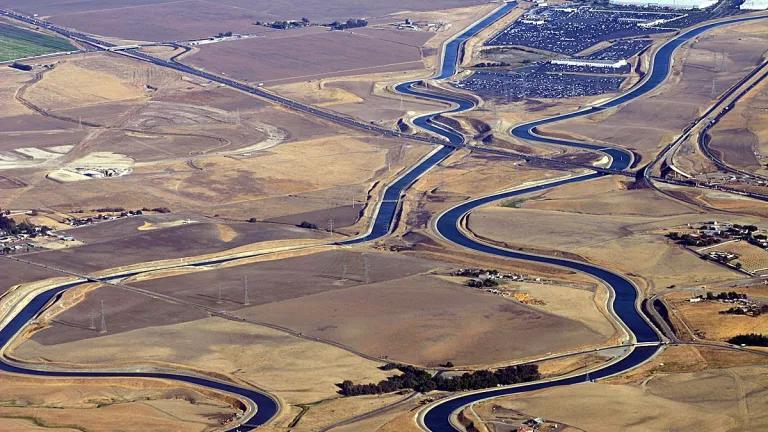Report: What, Where, and How Much Food Is Wasted in Cities

Food is the largest component of what we send to landfills in the U.S., representing nearly 22% of disposed municipal solid waste. When we waste food, we not only add organic materials to landfills (where they generate methane, a powerful global warming pollutant), but we also waste all the water, land, energy, money, labor, and other resources that go into growing, processing, distributing, and storing that food.
Many cities are adopting goals to reduce the amount of materials sent to disposal, which means tackling food waste. In order to set goals and assess progress in reducing wasted food, cities need basic information about how much food is being wasted and where that waste occurs. Yet very few cities have studied how much food is actually going to waste in their boundaries, or the characteristics of that waste, including where and why food is discarded, what types of food are wasted, and how much of that food was potentially edible.
New NRDC research, conducted with support from The Rockefeller Foundation and other funders, takes that first critical step for three major U.S. cities—Denver, Nashville and NYC—providing templates and information to better understand how much, what, and where food is being wasted.
In our new report, “Estimating the Quantities and Types of Food Waste at the City Level,” we estimated the amounts of food going to waste in residential and industrial, commercial and institutional (ICI) sectors in the three cities. For the residential sector, we tracked the amounts and types of food and beverage discarded to multiple destinations (including in the trash, down the drain, composted, and fed to pets) and why the food was discarded, with an eye toward determining how much of that food was potentially edible (and therefore could potentially have been eaten and not wasted). Our ICI estimates indicate the amounts of food likely to be going to waste in specific sectors of each city, including restaurants, groceries, hotels, hospitals, and schools.
While our individual city results varied enough to confirm the need for city-specific analyses, we did find some overarching trends. Each city’s largest estimated contributing ICI sector to food waste generation was restaurants and caterers, with other substantial contributors including food wholesalers and distributors, food manufacturing and processing, grocers and markets, and hospitality. For each city, the residential sector was the top estimated generator of food waste (or tied with restaurants for top).
For our residential study, we recruited over 600 households in the three cities to track their food discards for one week, and to fill out surveys on household demographics, attitudes and behavior related to food. Across the three cities, we found that over two-thirds (68%) of the food discarded was potentially edible (meaning that the food was edible at some point in time, though may not have been suitable for eating at the time it was discarded). Including inedible parts, the average amount of total food wasted per capita across all three cities was 3.5 pounds per person per week. The average amount of edible food wasted per capita across all three cities was 2.5 pounds per person per week.
Other findings from the residential study included:
- Fruits and vegetables and prepared food/leftovers are the most commonly wasted categories of edible food.
- Many of the same specific food items were wasted in all three cities – the top ten most wasted edible foods in all three cities included coffee, milk, apples, bread, potatoes, and pasta.
- 76% of our survey respondents think they waste less edible food than the average American.
- 70% believe they could reduce food wasted in their home only a little or not at all through changes in behavior.
- 58% of our survey respondents feel less guilty about wasting food if it is composted.
The results highlighted above suggest that consumer education should emphasize that the overall effect of wasting less food is not only about reducing the quantity wasted by individual households, but in creating cumulative impact, including creating a cultural shift in our attitudes and behaviors toward food. In turn, this shift can lead to changes farther up the supply chain as well.
In addition to this baseline food waste assessment, NRDC also released a report today on assessing how much surplus food beyond what is currently being donated could potentially be rescued and directed to people in need. We also published a set of case studies highlighting innovative strategies to waste less food. All of these resources, including a set of technical appendices to the baseline food waste assessment, are available here.
Wasted food as an issue of concern is a relatively new concept; these studies provide new information that relates to the many facets of the problem, but there is still a great need for additional research and analysis. The information, methodologies, and templates provided with this research are intended to help cities analyze and measure wasted food in consistent ways that enable action across the entire hierarchy of preventing wasted food, rescuing surplus food, and recycling food scraps.



